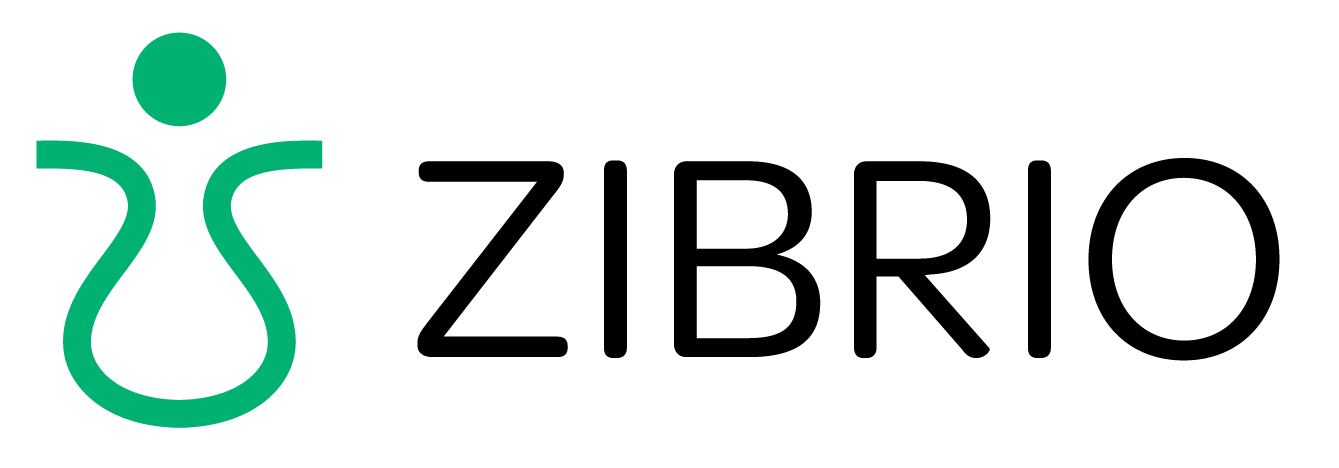How to increase revenue through novel fall risk assessments
Half of 65+ seniors who fall are injured. Screening patients in this age range for fall risk is important for maintaining quality care, and Accountable Care Organizations (ACOs) can increase revenue by improving this quality measure through the Merit-based Incentive Payment System (MIPS).
MIPS is a program in Traditional Medicare in which clinicians get positive, neutral, or negative adjustments to their fee-for-service payments based on performance metrics. The performance metrics span four categories: quality, cost, promoting interoperability, and improvement activities such as improving care processes, patient engagement, and access.
Summit Health was recently recognized by the National Association of Accountable Care Organizations (NAACOS) for quality improvement. One of the ways they improved their preventive quality measure performance was increasing their fall risk screenings from 77.7% in 2017 to 97.9% in 2020.
By screening 97.9% of patients with a history of falls for future fall risk, Summit Health performed well above average. The 2020 mean performance among MIPS Group practices for ACO-13: Falls: screening for future fall risk is 82.42%. This means that many patients who should be screened for fall risk are missing out on this critical piece of care.
Fall risk assessment is a high-priority measure in MIPS. The requirement is to perform a fall-risk assessment for patients aged 65 and up who have a history of falls, which is defined as two or more falls in the past year, or any fall with injury in the past year. These patients must be screened for fall risk every 12 months. Since 30-40% of patients aged 65+ fall down every year and half of them are injured, it’s likely that at least 15-20% of the patients seen in a clinic will meet the criteria for “history of falls” and require a fall risk assessment.
To meet the standard for MIPS Measure #154, Falls: Risk Assessment, the following are required:
1. A balance or gait assessment
2. One or more of the following assessments: postural blood pressure, vision, home fall hazards, or documentation on whether medications are a contributing factor to falls of not within the past 12 months
The balance or gait assessment can take the form of documentation of observed transfer and walking or performed through the use of a standardized scale such as Timed up and go (TUG), Berg, or Tinetti.
The ZIBRIO Stability Pro scale is a newer balance assessment tool that has been shown to identify 2 to 4 times more patients at high risk of falling in comparison to these more traditional clinical fall risk assessment tools. (Source: Forth, Katharine E., et al. "A postural assessment utilizing machine learning prospectively identifies older adults at a high risk of falling." Frontiers in medicine 7 (2020): 591517.)
The ZIBRIO Pro Scale screens a patient for fall risk in a simple, 60 second test.
Besides being a high priority quality measure for MIPS, fall risk screening is a also required part of the Welcome to Medicare examination, and PCPs can also be reimbursed for fall risk assessment through the Medicare Annual Wellness visit. Drive effective fall prevention in your practice by using ZIBRIO’s technology to identify 2 to 4 times more emerging and high risk patients than traditional methods.
See what a leading clinical practice learned when they adopted ZIBRIO technology:
Want to learn more how ZIBRIO might help your practice? Schedule a 20 minute personal zoom demo and get all your questions answered:

